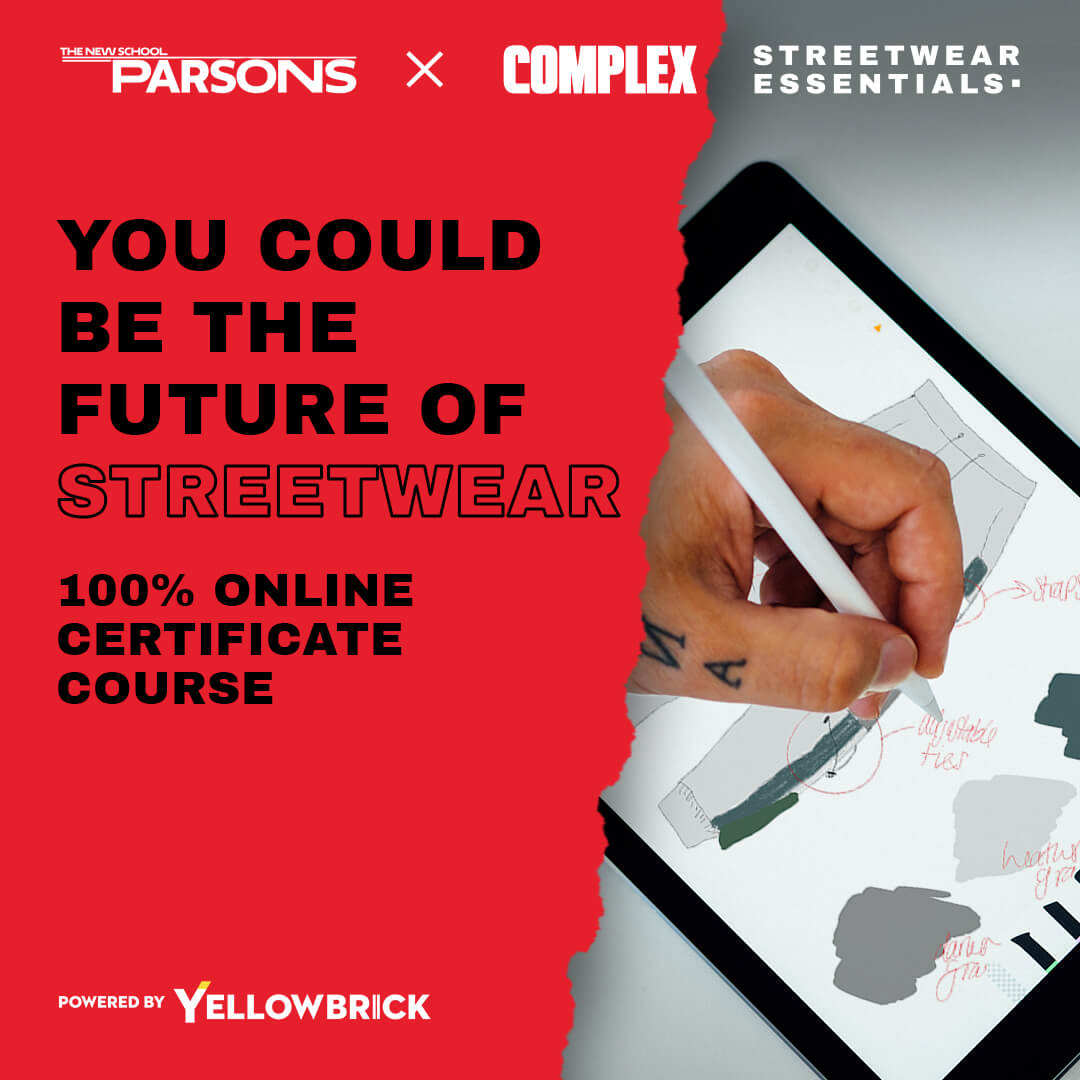Fashion design in the world of streetwear is a dynamic and ever-evolving field that blends creativity, culture, and functionality. Whether you’re an aspiring streetwear designer or looking to refine your skills, understanding the core principles of fashion design within this niche is essential.
This guide will explore the fundamentals of streetwear design and how you can create standout collections in this competitive industry.
1. Understanding Design Principles in Streetwear
At the heart of streetwear design are the fundamental principles of balance, proportion, emphasis, and rhythm. These principles guide the creation of eye-catching and wearable designs that resonate with urban fashion culture. Balance ensures that graphic elements and garment structures feel visually stable, while proportion determines the relationship between oversized and fitted silhouettes.
Emphasis is crucial for directing attention to bold prints, logos, or intricate details, and rhythm maintains a sense of flow within a collection. Mastering these principles will help you develop cohesive and aesthetically strong streetwear pieces.
2. Developing Your Unique Streetwear Aesthetic
Streetwear is deeply rooted in self-expression, authenticity, and cultural influences. To carve out your signature style, immerse yourself in music, skate culture, hip-hop, sports, and emerging subcultures.
Experimenting with different silhouettes, textiles, and graphics will allow you to push creative boundaries and craft designs that stand out in the saturated market. Staying true to your personal vision while adapting to industry trends will set you apart in the world of streetwear.
3. Fashion Sketching and Digital Illustration
Sketching is a key skill in streetwear design, enabling you to bring your concepts to life. Understanding human proportions and garment construction is essential when designing oversized hoodies, graphic tees, or structured cargo pants.
Digital tools like Adobe Illustrator, Photoshop, and Procreate can enhance your ability to create detailed fashion illustrations and tech packs, ensuring your designs are production-ready.
4. Understanding Streetwear Construction and Fabrication
Streetwear is known for its focus on comfort, durability, and practicality. Mastering garment construction, patternmaking, and sewing techniques will help you develop high-quality pieces
. Familiarize yourself with technical fabrics, layering techniques, and innovative manufacturing processes to create designs that are both stylish and functional. Techniques like screen printing, embroidery, and patchwork can add a distinctive edge to your pieces.
5. Selecting the Right Fabrics and Textiles
Fabric choice plays a major role in defining the quality and aesthetic of streetwear. Understanding materials like heavyweight cotton for hoodies, moisture-wicking fabrics for activewear, and technical textiles for outerwear is crucial.
Experimenting with different textures, such as mesh, fleece, or denim, allows you to create garments that not only look good but also align with streetwear’s emphasis on comfort and wearability.
6. Harnessing Color Theory for Impactful Designs
Color is a defining element in streetwear, from bold neon hues to monochrome palettes. Understanding color theory, including complementary and contrasting color schemes, can help you build visually appealing collections.
Experimenting with dyeing techniques, color blocking, and gradient effects can add depth and uniqueness to your pieces. The right color palette can make or break the visual identity of your streetwear brand.
7. Trend Forecasting and Consumer Insight in Streetwear
Streetwear is heavily influenced by cultural movements, social media, and emerging trends. Staying ahead requires a deep understanding of street culture, collaborations, and evolving consumer preferences.
Analyzing market trends, attending fashion events, and engaging with streetwear communities will provide valuable insights into what styles, graphics, and materials resonate with your audience. Collaborations with artists, musicians, and brands can also boost your brand’s visibility and credibility.
8. Building a Strong Brand Identity and Presentation
In the competitive streetwear market, a strong brand identity is key. Your logo, typography, packaging, and overall aesthetic should communicate your brand’s message clearly. Creating compelling lookbooks, marketing campaigns, and social media content will help establish your presence in the industry.
Leveraging visual storytelling through photoshoots, video content, and influencer partnerships can elevate your brand and connect with a global audience.
9. Networking and Collaborations in the Streetwear Industry
Streetwear thrives on collaborations and community engagement. Partnering with designers, graffiti artists, sneaker brands, and musicians can create buzz and expand your reach.
Attending trade shows, pop-up events, and online forums will help you network with industry professionals and potential customers. Collaborating on limited-edition drops and exclusive releases can generate hype and drive demand for your designs.
10. Continuing Education and Industry Knowledge
Streetwear is constantly evolving, making continuous learning essential. Enrolling in courses focused on streetwear design, branding, and fashion business can provide valuable industry insights. Online platforms like Yellowbrick’s Parsons Streetwear Essentials program offer specialized knowledge in streetwear branding, production, and marketing.
Conclusion
Streetwear design requires a blend of creativity, technical skills, and cultural awareness. By understanding design principles, experimenting with aesthetics, and staying informed on industry trends, you can create compelling collections that resonate with the streetwear community.
Whether you’re just starting or looking to refine your craft, continuous learning, and strategic collaborations will help you establish a strong presence in this dynamic fashion landscape.
Key Takeaways:
- Master the core design principles of balance, proportion, emphasis, and rhythm to create well-structured streetwear collections.
- Develop a unique aesthetic inspired by urban culture, music, and contemporary art.
- Enhance your sketching and digital illustration skills to visualize and execute your designs effectively.
- Understand fabric selection, garment construction, and printing techniques to create high-quality streetwear pieces.
- Stay ahead of trends and consumer demands through market research and cultural analysis.
- Build a strong brand identity and leverage storytelling, collaborations, and social media to grow your presence.
- Pursue education and professional development to refine your skills and expand your opportunities in the streetwear industry.
To further unlock your potential in the fascinating world of fashion design, don’t miss out on the comprehensive Parsons Streetwear Essentials online course and certificate program.








